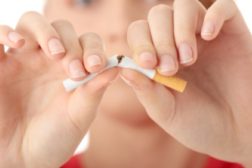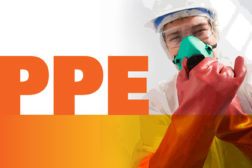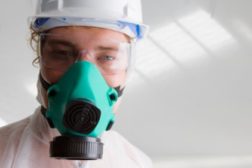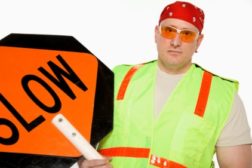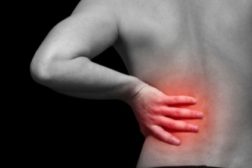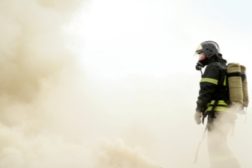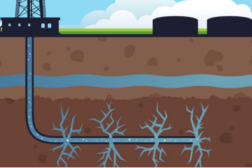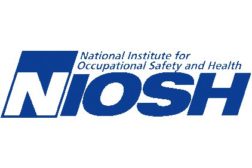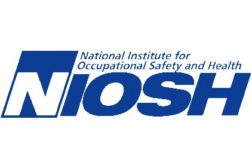Home » NIOSH
Articles Tagged with ''NIOSH''
Smoking still permitted in many workplaces
Read More
How to prevent backing vehicle injuries at roadway construction sites
NIOSH Workplace Solutions brochure
August 8, 2014
New resource helps OSH pros assess workplace posture
Ergo injuries cost U.S. businesses billions a year
August 5, 2014
NIOSH intros affiliate program for Total Worker Health iniative
NASA one of the first members
July 11, 2014
A CDC - NIOSH Science Blog post
A Wrench in the Gear: Lockout/tagout in the food industry
July 10, 2014
Become a Leader in Safety Culture
Build your knowledge with ISHN, covering key safety, health and industrial hygiene news, products, and trends.
JOIN TODAYCopyright ©2025. All Rights Reserved BNP Media.
Design, CMS, Hosting & Web Development :: ePublishing
